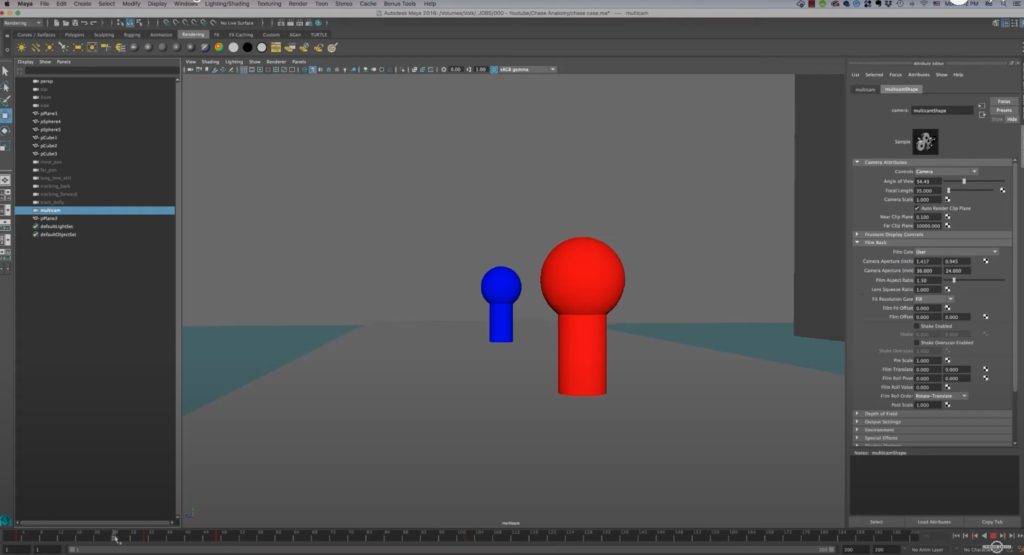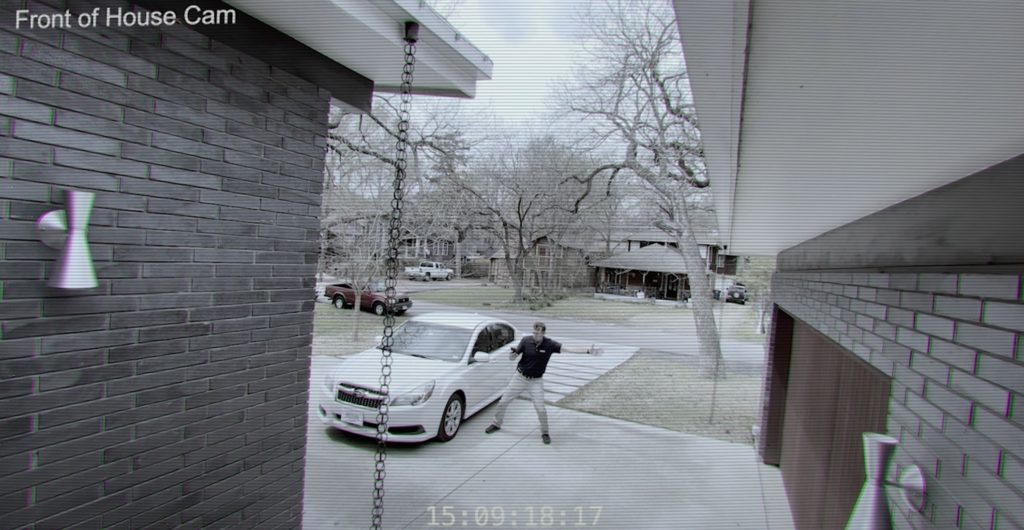Camera movement is one of the key elements that distinguish film from theater. Of all the varieties of camera movement—such as panning, tilting, rising, and rotating—tracking is the most dynamic. In a tracking shot, the camera moves through the scene. This becomes even more exciting when following or otherwise interacting with the subject. In the old days, creating tracking shots required expensive gear and sizable crews. Now, thanks to the small size and low weight of mobile devices, indie filmmakers can include tracking shots in their cinematic arsenal.
Of course, achieving quality results requires some artistic know-how. StudioBinder’s “How to Shoot Better Tracking Shots” covers the three basics: location, design, and blocking. The five-minute tutorial uses clips from “Atonement,” “Mad Max: Fury Road” and other celebrated Hollywood movies to illustrate techniques. While the scale of the examples may be big—for example, lots of extras—the ideas definitely apply to movies made on modest budgets.
StudioBinder is known for its film and TV production management software. “You can learn more about StudioBinder via their website, Twitter, Instagram, and YouTube.



 Previous post
Previous post
 Next post
Next post





